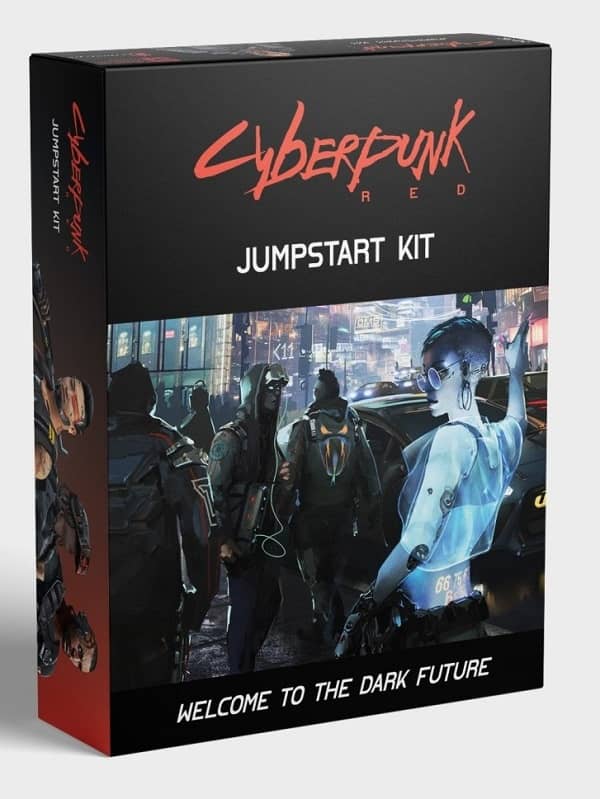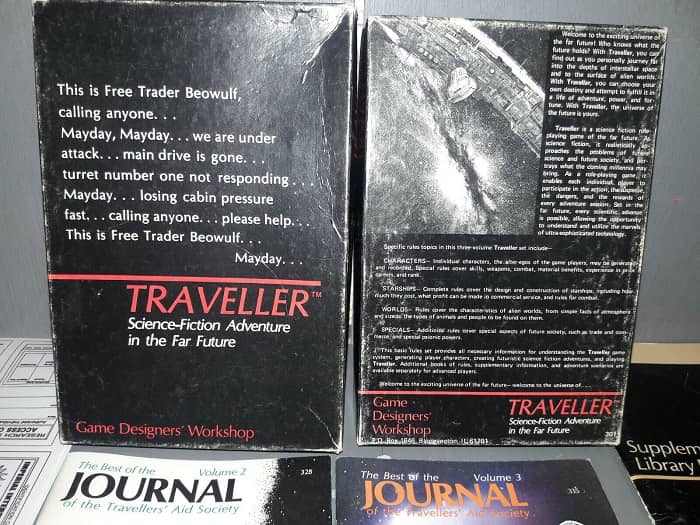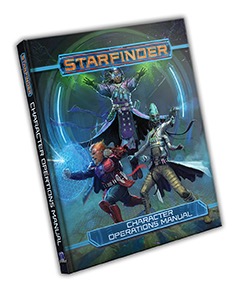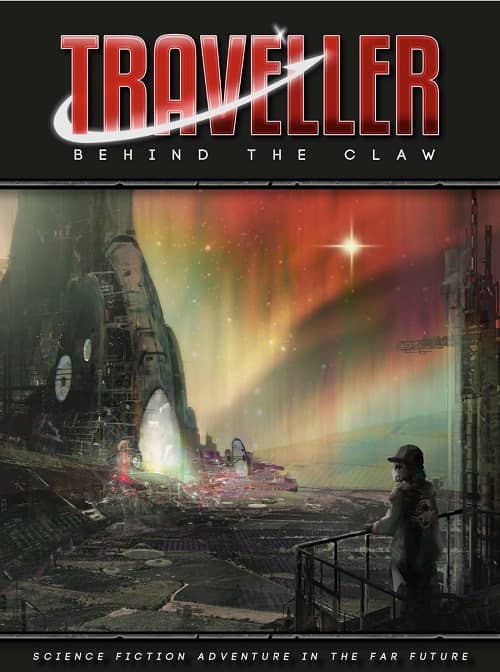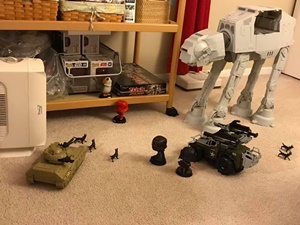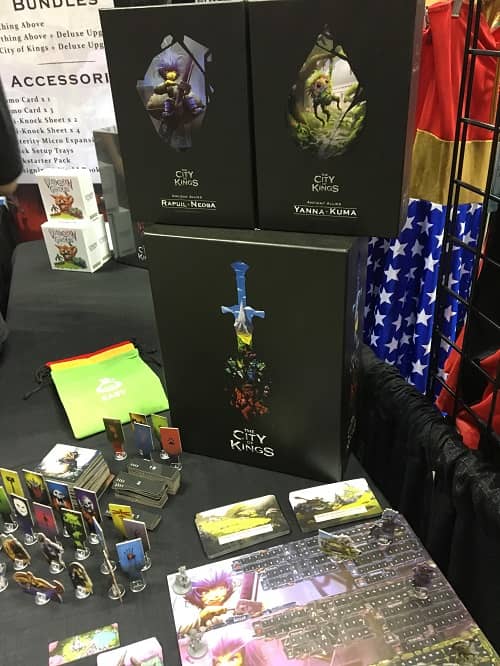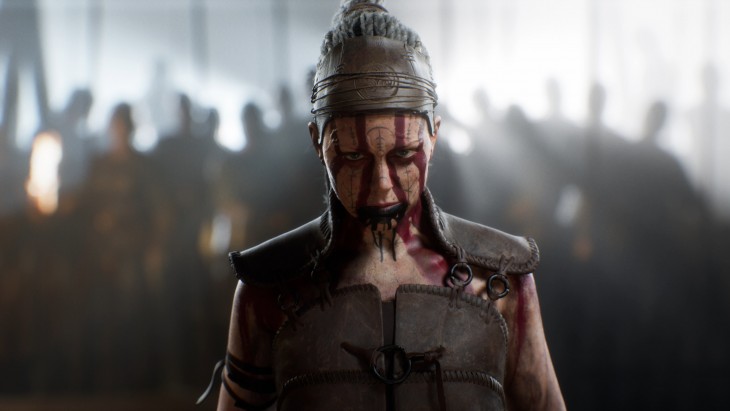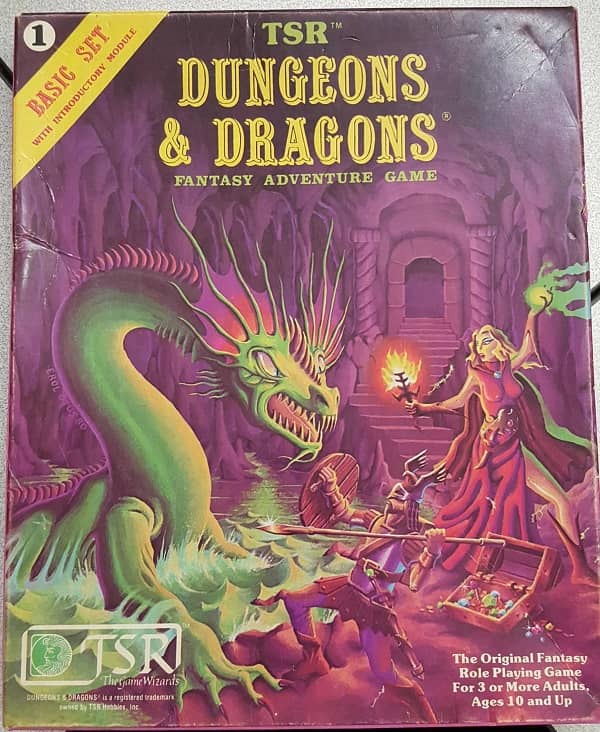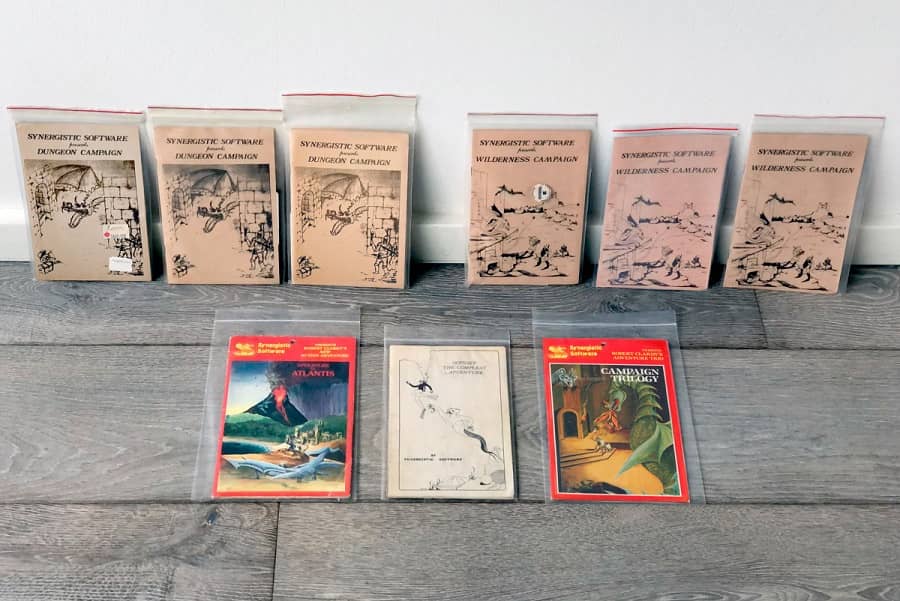The Changed Face of Geekdom
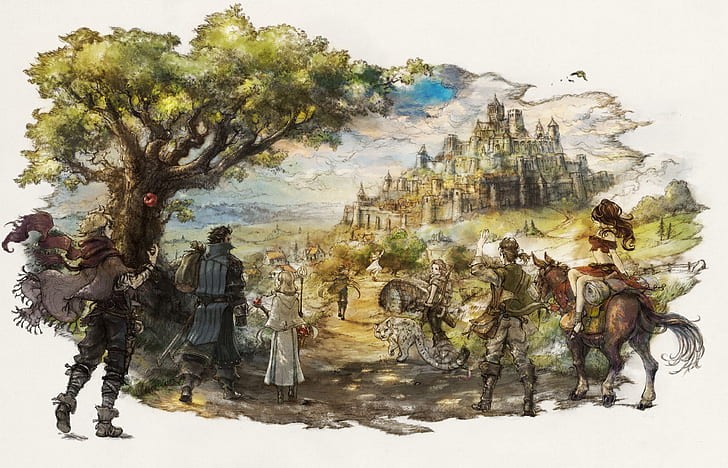
A party of travelers arrive in a city…
Good afternoon, Readers!
I had a thought – literally just this moment – about geekdom and how much it has changed. Some people’s perception of it appears to be slow in catching up, but that is to be expected, really.
When I was a young girl, growing up in small town Australia, geeks were a bad thing. They were variously sun-deprived, pimply walking skeletons, or sun-deprived, pimply fat blokes. Either way, they were unhygienic outsiders with zero social skills, or, indeed, any redeeming qualities whatsoever.
Rarely now, except for a certain talkshow host who shall remain nameless, do people conjure such an image when speaking of geeks and geekdom any more.
This isn’t, of course, to say that geekdom is without its bad actors. Misogyny and racism (and other foolish ideologies) are still a huge problem in the geek community (though that is thankfully changing, despite the best attempts of a dedicated bunch of morons), but that is a discussion for another day.
Today’s prominent geeks, however, are happily blasting away this stereotype just by being themselves, and it’s wonderful to see. Let’s have a look at some of my favorites geeks in popular culture.
